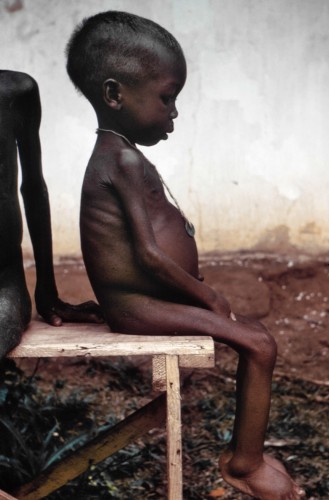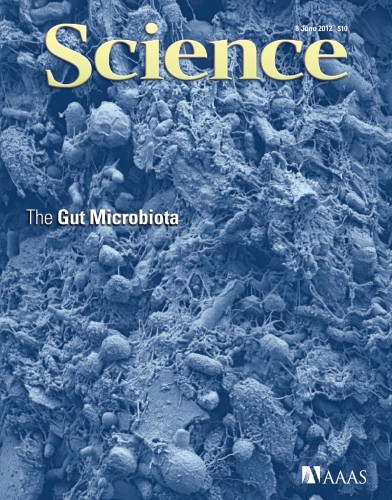
They say research is formalized curiosity, to poke and to pry with a purpose. When Dr. Indi Trehan noticed something odd in two of his Malawian patients, he began to poke and to pry for an explanation. His work has led to novel insights that our health and nutritional well-being is truly more than what we eat.
In 2007, Dr. Trehan, a pediatrician from St. Louis, traveled to Malawi to help treat malnourished children. Although Trehan had already seen many malnutrition cases in Malawi, he was surprised when he was asked to treat a set of genetically identical twins that suffered from very different malnutrition conditions. One child had marasmus, a condition characterized by energy deficiency from which the child appeared emaciated, while the other suffered from kwashiorkor, a condition where fluids leak from blood vessels and the ability to reabsorb nutrients is compromised. After consulting with colleagues as to why genetically identical twins exposed to the same diet and living conditions would develop different malnutrition conditions, Trehan hypothesized that perhaps a disparity in the gut microbes of these twins was responsible.
Dr. Jeff Gordon, a colleague of Dr. Trehan and an expert in microbiota, had conducted experiments that demonstrated how the microbial profile of the gut correlated with the body mass of the host. When he transplanted gut microbes from obese mice into lean ones, the lean mice began to extract more energy from their food and put on weight. The team surmised that if there was a link between gut microbes and obesity, then there could potentially be a link between gut microbes and malnutrition.

After establishing their hypothesis, Trehan and Gordon formed a team to conduct an experiment that would later establish a connection between the microbiota of Malawian twins and kwashiorkor. The team recruited 317 pairs of twins and collected their stool samples regularly until the age of 3. Greater emphasis was put on 22 pairs of same-gender twins out of which nine pairs remained healthy, while in the other 13, one child developed kwashiorkor and the other did not. Trehan stated that, “you have children living in the same village, eating the same food, having the same exposure to infections, and facing the same cycle of food insecurity […] from the outside, these kids look the same, but only some of them get kwashiorkor.”
The starving children were given a malnutrition treatment called, “ready-to-use therapeutic food,” (RUTF). There was an observable change in their gut microbes when they were given RUTF, and also when they stopped treatment. Lastly, the team extracted gut bacteria from three sets of twins and transplanted them into mice that lacked their own gut microbes. The mice became severely underweight, indicating that the symptoms of kwashiorkor can be transferred through an exchange of microbes.

The scientists are still working to address many confounding variables that need to be investigated. Trehan asserted that, “it’s a chicken and egg problem, but at least we’re in the right section of the grocery store!”
